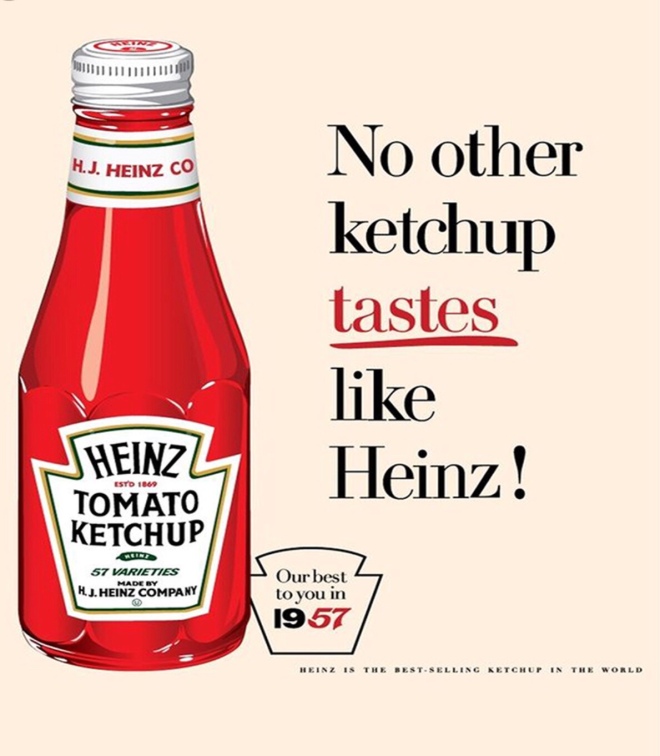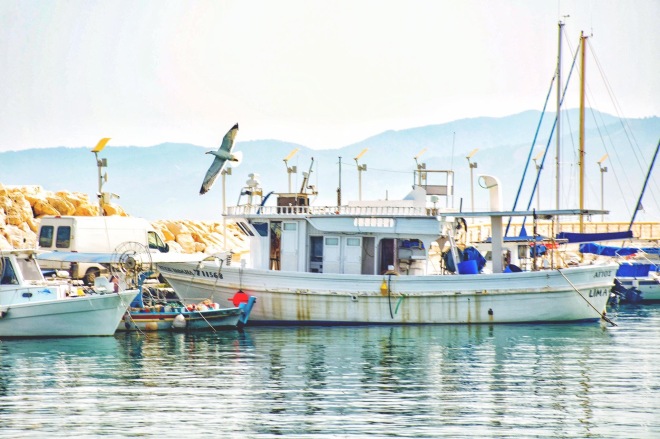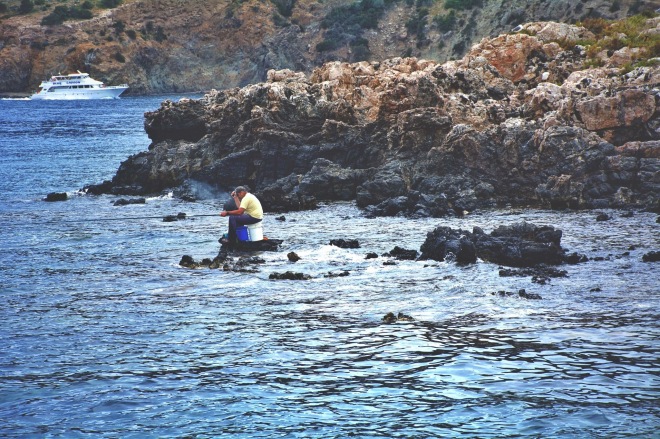Our course notes ask us to read Rhetoric of the image and write some reflection notes in our learning log.
- How does Barthes define anchorage and relay?
- What is the difference between them?
- Can you come up with examples of each?
- How might this help your own creative approaches to working with text and image?
I wrote a reflection of the Rhetoric of the image in the context and narrative module and it can be found here. For me, Barthes is a very interesting but complex read his writing requires concentration and of course the use of a dictionary. Barthes investigates the semiology of images and if analogically representation produces a true system of signs and not merrily simple agglutinations of symbols. According to Barthes, the image is a re-presentation, which is to say ultimately resurrection, and, as we know, the intelligible is reputed antipathetic to lived experience and therefore the image is weak in respect of meaning. (Barthes, p.32). Barthes essay ‘The Rhetoric of the image’ is an analysis of a spaghetti advertisement where he discusses the function of the linguistic message with regard to the iconic message in relation to anchorage and relay. Images have many different meanings or as Barthes writes ‘Polysemous meanings’ the way image meanings are conveyed to the viewer depends on signifiers and signifieds. The understanding of images is influenced by what the viewer knows their cultural knowledge. The viewer may understand some but they may choose to ignore the rest. Anchorage and relay refer to the way text can be used in an image to give meaning. According to Barthes anchorage is a control, bearing responsibility – in the face of the projective power of pictures – for the use of the message. The relay is less common as far as the fixed image is concerned. Here the text and image stand in a complementary relationship. Anchorage, therefore, occurs when text is used to focus on the meaning of the image this type of text can be mainly found in advertising or press photography. The viewer is directed to the meaning of the image by the text and therefore it does not leave the image open to interpretation whereas when using text as relay there is more of an open relationship between image and text allowing the image to be open to interpretation by the viewer. This type of text can be found in comic strips, cartoons and films. The meaning of images is influenced by messages. The Linguistic message supports the image by means of the caption, this message can either be anchorage or relay depending on the text. When the linguistic message is put aside we are just left with an image. Barthes introduces two concepts the denoted message which according to Barthes is the analogue itself. The denoted message is a symbolic sign of the image and therefore indicates meaning to the image. The connoted message is the literal part of the image this suggests meaning to the viewer but it’s open to interpretation to a certain extent. There is a number of ways that text can be used in relation to an image. The directional title is used as a means to explain an image to the viewer. The orientation title places an image in a certain genre making both of these titles a good example anchorage. Complimentary titles is a good example of Relay because it is used to complement the image and leave the interpretation up to the viewer.
here are some examples of how text can be used as an anchor or relay –

This image is an example of anchorage it’s an advertisement showing a tomato sauce bottle with the text ‘no other ketchup tastes like Heinz!’ Anchorage is happening here because the advert is using the caption to fix meaning to the image. In smaller print, we have another caption reading ‘Heinz is the best selling ketchup in the world’ By using this text we are provided with insight, the text is narrowing the viewers perspective of the image by providing a specific idea of the image to the viewer. The advert wants the viewer to think that this is the best ketchup they can buy and that no other ketchup tastes better than this specific brand. As my second example, I have decided to use two of my own photographs.

The title of the image ‘just another boat’ is an example of a complimentary title because it is standing in a complementary relationship with one another. The caption gives us information but it does not give meaning to the image leaving the image open to the viewer’s interpretation and therefore it is a good example of a relay.

This image is an example of Anchorage, the caption of the image is directional because it is telling us where the place is and what the man is doing not leaving it open for the viewer’s interpretation.
Language clearly has a function of elucidation, but this elucidation is selective, a metalanguage applied not to the totality of the iconic message but only to certain of its signs. (Barthes, p.40)
how does this help my own creative approaches to working with text and image?
Anchorage and relay play an important part in the interpretation of the image. I find myself thinking about captions ahead of the photographic process but instead of just thinking about the caption I need to also think about the image and how I want the image to be interpreted by the viewer. What titles will work with the image should I use the directional title and give the information to the viewer or should the title compliment the image and leave the image open to interpretation.
Reference –
Barthes, Roland (1977). The rhetoric of the Image in Image, music, text. London: Fontana Press